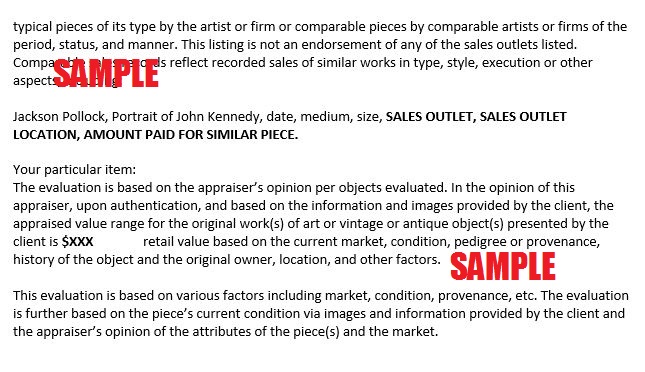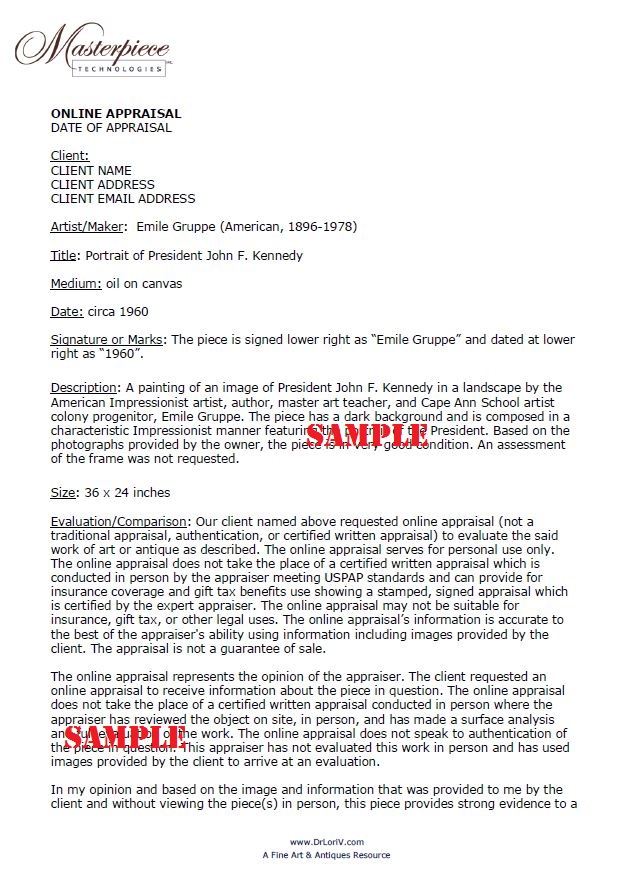
by Dr. Lori Verderame
by Dr. Lori Verderame
Louis Vuitton, the French luxury firm that was first known for producing high-end travel objects such as trunks and luggage, remains a household name. As the premiere trunk maker in Paris, France in the mid-19th century, Louis Vuitton made travel gear for Empress Eugenie, wife of Napoleon III. He designed lightweight, stackable trunks and other travel accessories. Louis Vuitton invented the first pick-proof lock, an element that continues as a design component of the brand today.
Famous traits
The famous “LV” monogram for Louis Vuitton was patented in 1896. Some of the most famous Louis Vuitton bags are the Speedy Bandoliere bag and the Neverfull totes, hosting the LV monogram, and handbags that feature the famous Louis Vuitton brown/dark brown checkered pattern and other designs featuring the firm’s unmistakable logo.
The Louis Vuitton Logo
Louis Vuitton’s famous logo includes the name of the firm, Louis Vuitton, and the phrase made in France. All LV items have a maker’s stamp. What’s interesting about the LV logo is that it is protected on the handbags and other luxury items. The firm does not allow the famous LV logo to be hidden or cut off at a seam. The pattern or decoration may be cut off or slightly hidden on the piece, but never the LV logo. Louis Vuitton or the LV logo will appear on zipper pulls and other hardware including snaps.
The logo font requires that the name Louis has a short leg on the horizontal of the letter L in Louis, the letter O is wider than the letter L. The two Ts in Vuitton are spaced very close together, almost appearing to touch. The font has overall thin lettering. There are no serial numbers on authentic Louis Vuitton bags, purses, etc.
How to Tell Real from Fake
Do you want to know how to tell a real Louis Vuitton bag from a fake bag?
That’s easy. I’ll share the secrets with you here.
Here’s how to tell… first of all, look for quality craftsmanship. Louis Vuitton produces high quality items.
Specific attributes of Louis Vuitton purses, totes, bags, etc. speak to the high quality of the manufactured products.
- There should be a seam stitch on each side of the seam
- Stitches should be mustard yellow/beige thread color
- Stitches should not be contrasting colors or dark visible stitching on Louis Vuitton bags
- Stitches must be evenly spaced
- Stitches must be the same size and pulled taunt
- Stitching will not fray nor be cut on authentic pieces
- Zippers are shiny metal with gold coating and have the LV logo
- The LV logo is found on Louis Vuitton handbag hardware
- The interior lining of a bag is brown canvas or leather
- Suede nor plastic are not used as lining materials on Louis Vuitton handbags
- Stitches should be straight, tightly sewn
Louis Vuitton handbags demonstrate a dedication to high quality materials, time honored style, and attention to detail.
Louis Vuitton Date Codes
It is important to identify the physical attributes of an authentic Louis Vuitton handbag, but that is not the entire story. There are many other items that need to be considered before confirming the authenticity of a Louis Vuitton hand bag or accessory. Why? Because there are a myriad of fake Louis Vuitton pieces. Depending on the era of your Louis Vuitton bag, there is a tag on the inside top edge of the purse with a date code.
Bags made before 1980 do not have date codes. For pieces made after 1980, there is a date code. This date code typically has two letters and a four-digit number. The four-digit number reveals the week and year that a Louis Vuitton bag was made. The first two numbers of this four-digit number represents the week of the year that a bag was made and the second two numbers shows the year it was made.
Where is the code on a LV bag?
Date codes are usually found on the interior lining of a LV bag. But, depending on the form or style of the bag, tote, or other piece, the date code may be placed in an inconspicuous location. Some places to look when trying to find the date code are on the embossed leather tab of the interior lining or interior pocket or stamped on the interior of the bag.
Also, Louis Vuitton bags made prior to 1982 have embossed date codes on the bag’s handle.
While bags made prior to the early 1980s do not have a date code, Louis Vuitton introduced date codes in the early 1980s. Circa 1982, a three-digit date code was used. The first two numbers showed the year in the 1900s that a bag was made such as 842 noting 84 for 1984 and 2 for February, the second month of the year.
In the mid-1980s, the firm changed the date code system offering two letters to indicate the country code and four digits to reveal the month and the year of manufacture.
From 1990 until 2006, Louis Vuitton used a more complex code with two letters (factory location) and four numbers to indicate the date of manufacture. The first and third numbers show the month and the second and fourth numbers show the year the piece was made. It is more difficult to read but the code has been a firm mainstay for more than a decade.
As of 2007, the first and third numbers represent the week that an item was made, not the month.
LV uses the letters of the alphabet to represent the months of the year such as: A for January, B for February, C for March, D for April, E for May, F for June, G for July, H for August, I for September, J for October, K for November, and L for December.
Country Codes
One of the things that collectors should look for when hunting for Louis Vuitton pieces is a country code. Not all Louis Vuitton items are made in France, despite this being a common belief in the marketplace. Actually, Louis Vuitton pieces are made in France as well as in other European countries and in the United States.
The country code or regional code indicate where a Louis Vuitton bag was made. This code consists of two letters. The two letters reference the areas or regions where Louis Vuitton bags are made. For example, Louis Vuitton items made in factories in France may have one of the following codes, however some of these codes are used for bags made in other countries too. For instance, Louis Vuitton handbags made in France may be marked with A0, A1, A2, AA, AAS, AH, AN, AR, AS, BA, BJ, BU, CO, CT, CX, DR, DT, DU, ET, FL, LA, LM, LW, MB, MI, ML, MM, NO, RA, RI, SA, SD, SF, SK, SL, SN, SP, SR, TA, TH, TJ, TN, TR, TS, TY, VI, VX.
Remember, FL, LA, and SD also may apply to bags made in the USA. The country code LM may apply to bags made in Spain. The code SA may apply to bags made in Italy. So, obviously, there is a lot to the coding process for Louis Vuitton handbags and other accessory items.
European locations
Louis Vuitton bags made in Spain are marked with the following codes: BC, CA, LO, LB, LM, LW, GI, UB. But, BC may apply to Louis Vuitton bags made in Italy and LM may apply to bags made in France, too.
For Italian made bags, codes include BC also used in Spain, BO, CE, FH also representing the United States of America, FO, FP, MA, NZ, OB, PL, RC, RE, SA which also applied to bags made in France, TB, and TD.
In Germany, codes used are LP and OL and in Switzerland, codes used are DI and FA.
For Louis Vuitton bags made in the USA, the factory country codes used include OS, TX, FC and FH. FH also applies to Italian-made bags. Other American codes are FL, LA, SD all of which refer to items made in France, too. A dedicated Louis Vuitton afficionado will check to be sure they have the right bag and indicate where it was made. To make matters more confusing, Louis Vuitton continues to add new factory country codes to its long and interchangeable list.
When identifying an authentic Louis Vuitton bag, make sure the factory’s country code matches the “Made in” (country) phrase on the interior tag. If the tag reads “Made in Spain”, then obviously the country code should refer to a Spanish factory location.
Louis Vuitton, like many items made by high-end vintage purse designers, are vigorously traded on the resale market including online platforms. Regularly, I discuss how to identify them on my channel videos. Watch videos on my YouTube channel where I reveal more about vintage Louis Vuitton handbags and their values. I can appraise your Louis Vuitton handbags from photos or you can show me your pieces during a video call.


